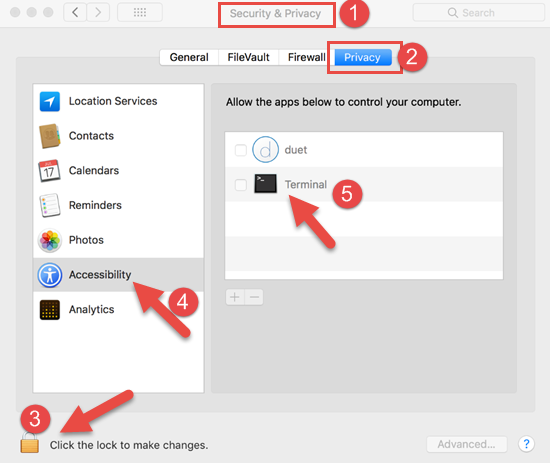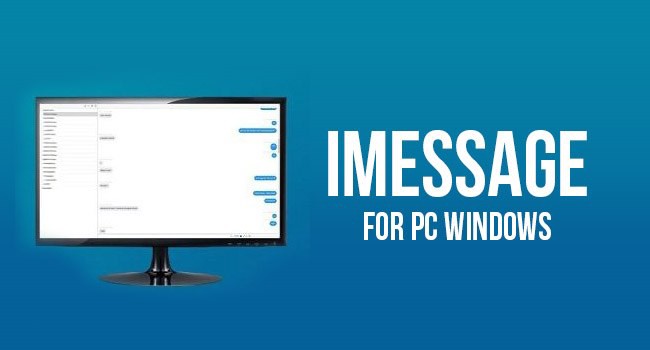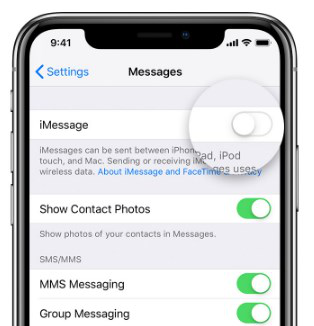

(For those of you too young or too unnerdy to remember, the babel fish was a species of fish that would act as translators for beings who populated Douglas Adams’ science fiction book The Hitchhiker’s Guide to the Galaxy (by the way, there is now a complete 6-volume set of all of the Hitchhiker’s Guide books available for just $30, which would make a great present for, well, lots of people, including teenagers and old geeks, you can see it here on Amazon). It’s almost as if there is a babel fish living inside your computer.

It seems like your Macbook or Mac tower is almost magically exchanging messages with the Android device, even though they run completely different operating systems, and, in a sense, speak completely different languages. It’s important to understand how it’s even possible (which it didn’t used to be) for a Mac computer to communicate with an Android phone or other device. Well, before you give up completely, keep reading. You’ve got it all set up correctly, and you’ve searched the Internet, followed all the advice, and tried all the tricks, and you are still getting that awful “not delivered” message whenever you try to send a message from your Mac to someone who uses an Android phone. Now, Apple users can still send iMessages to you at your email address, and you can read them on your Mac, while texts to your phone number will reliably find their way to your Android phone.If you’ve set up a new Macbook or Mac, or updated OS X, you may find yourself suddenly getting that frustrating “not delivered” error when you try to send a text message from your Mac to someone with an Android phone, even though it all worked just fine before. Also, make sure "Start new conversations from:" at the bottom of the window lists an email address, rather than your phone number. In the "You can be reached for messages at:" section, un-check your phone number. Under the Accounts tab, choose your iMessages settings. Just open Messages on your Mac, and look at Preferences. That way, if someone sends a text to your phone number, it will come through to your new Android phone, but if they want to send an iMessage, they can use your email address. If you have a Mac and you still want to receive iMessages in the Messages app, you can simply remove the phone number associated with it, while keeping the email addresses you receive iMessages at. Click the Edit Products button at the top of your My Products list, then remove the devices you're no longer going to use. Just head to, and log in with your Apple ID. This is especially important if you're giving up your phone number-even if you reset your device, some stranger that gets your old number might start receiving messages meant for you!ĭon't have access to your old iPhone or iPad anymore? There's hope for you yet. If you have more than one iOS device, you'll have to do this on all of them. Just go to Settings, then Messages, and turn iMessage off.

The quick way to fix this is to disable iMessage on your iPhone. If you're going to switch from iPhone to Android, you'll want to take a minute to disable iMessage before you give up that Apple device. But sometimes the error never appears, and they think you got the message even though nothing came through on your phone. If you're lucky, your iPhone-using friends will simply get an error when they try to send you an iMessage, and can tap it to re-try sending as text. Unfortunately, iMessage associates itself with your phone number, and when your phone number hops to a device that doesn't support iMessage (for instance, your shiny new Android phone), you suddenly stop receiving your texts.

Apple's iMessage is a convenient way to get text messages from users of other Apple products, without actually using text messaging.


 0 kommentar(er)
0 kommentar(er)
